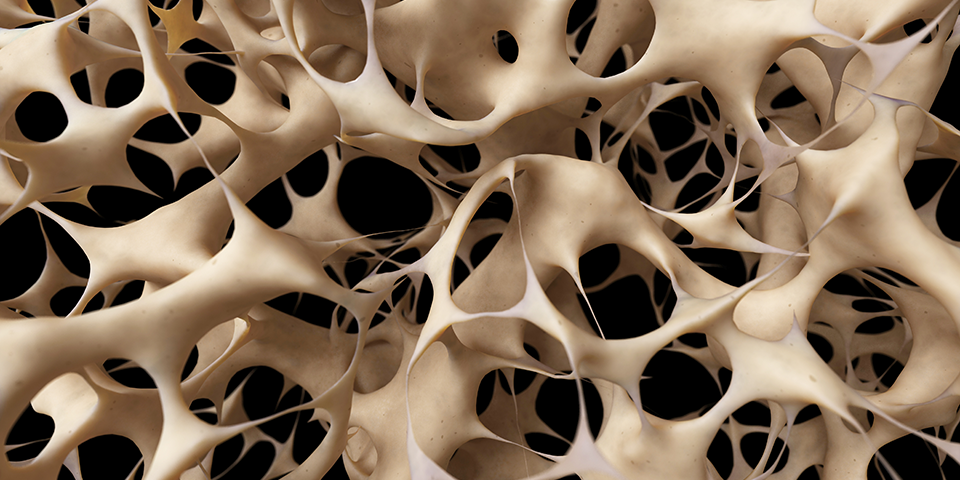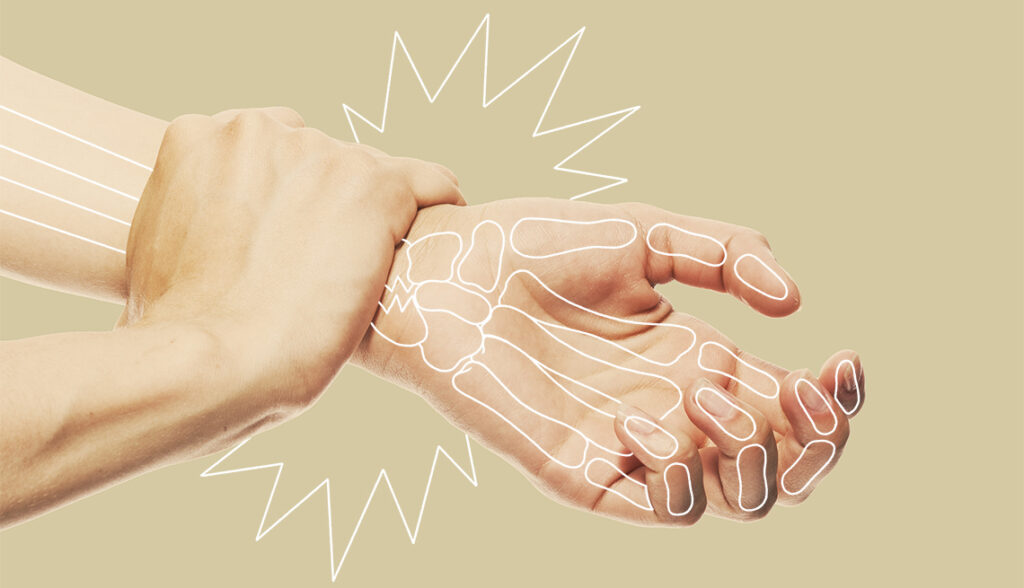Seven facts about osteoporosis: The disease that affects bones without being noticed

Seven Facts About Osteoporosis: The Disease That Affects Bones Without Being Noticed
Osteoporosis is often called a “silent disease” because it can progress without symptoms until a fracture occurs. This common but often overlooked condition affects millions worldwide, particularly older adults — and especially women. Despite its widespread impact, many people are unaware of its risks, causes, and how to prevent it.
Here are seven important facts about osteoporosis that everyone should know:
1. Osteoporosis Weakens Bones Silently
Osteoporosis causes bones to become thin, brittle, and fragile due to a loss in bone mass and density. Unlike other diseases that manifest with pain or discomfort early on, osteoporosis often remains undetected until a bone fracture occurs. The most common fracture sites include the hip, spine, and wrist.

People can lose up to 20% of their bone density before they even begin to show symptoms. This makes routine bone density screenings critical for early detection.
2. It Affects Both Men and Women, But Women Are More at Risk
While osteoporosis is often thought of as a “woman’s disease,” men are not immune. In fact, one in five men over the age of 50 will experience an osteoporosis-related fracture in their lifetime. However, postmenopausal women are at a significantly higher risk due to a sharp drop in estrogen levels, which plays a protective role in bone health.
Women over 65 and men over 70 should be particularly vigilant and consider getting a bone density test.
3. Genetics and Lifestyle Both Play a Role
A family history of osteoporosis increases your risk, but lifestyle choices also have a major impact. Lack of physical activity, poor diet, smoking, excessive alcohol consumption, and low body weight can all contribute to bone loss.
Conversely, incorporating weight-bearing exercise (like walking or lifting light weights), avoiding smoking, and maintaining a nutrient-rich diet can significantly help in reducing risk.
4. Calcium and Vitamin D Are Crucial for Bone Health
Bones need calcium for strength and vitamin D to absorb that calcium. As we age, our bodies become less efficient at absorbing these nutrients, so increasing their intake becomes essential. Adults over 50 are often advised to get 1,200 mg of calcium and 800–1,000 IU of vitamin D daily.
Natural sources include dairy products, leafy greens, fatty fish, and sunlight exposure. Supplements may be necessary in some cases but should always be taken under medical guidance.
5. Osteoporosis Increases the Risk of Falls and Fractures
People with osteoporosis are more likely to suffer serious fractures from even minor falls or accidents. Spinal fractures can lead to stooped posture, back pain, and loss of height, while hip fractures are a major cause of loss of independence and increased mortality in elderly patients.
Fall prevention is key. Simple home modifications, proper footwear, and balance-improving exercises like tai chi or yoga can make a significant difference.
6. It’s Not Just an “Old People’s Disease”
Although osteoporosis is more common with aging, bone health starts declining earlier than many realize. Peak bone mass is typically reached by the age of 30. After that, bone loss gradually begins. Young adults who don’t build sufficient bone mass through diet and exercise may be at a higher risk later in life.
Taking bone health seriously in your 20s and 30s can significantly delay or even prevent the onset of osteoporosis.
7. It Can Be Managed and Even Prevented
The good news is that osteoporosis can be prevented, slowed, and managed. Early screening, lifestyle changes, and medications like bisphosphonates or hormone-related therapies can improve bone density and reduce fracture risks.

Doctors often recommend DEXA scans (dual-energy X-ray absorptiometry) to assess bone density and track changes over time. These scans are quick, painless, and can help detect problems early.
Final Thoughts
Osteoporosis may be silent, but its impact is anything but. With the right knowledge and proactive steps, you can protect your bones and maintain mobility and strength as you age. Whether you’re in your 30s or your 70s, it’s never too early — or too late — to prioritize your bone health.
Stay strong. Stay balanced. And don’t let osteoporosis sneak up on you.









